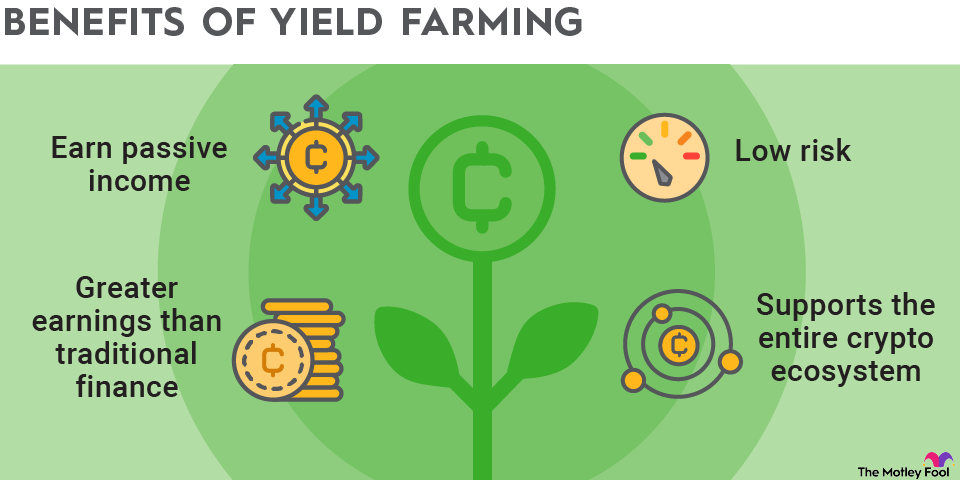Yield on cost is a handy metric for income-seeking investors to learn. It measures the income yield an investor is earning on the initial cost basis of their investment. This metric helps show investors how much income they’re earning on an investment following changes to its dividend payment.

Understanding yield on cost
Most income-focused investors like to look at a stock’s current dividend yield. That metric shows the annual income yield they could earn by investing in the stock at its current price. For example, if a stock pays a $1.00 per share annual dividend and currently trades at $100 per share, it has a 1% dividend yield. So, if an investor bought one share for $100, they’d earn 1% of dividend income each year, assuming the company didn’t change its dividend payment.
Yield on cost is the yield an investor is earning on their initial investment after factoring in changes to the dividend payment. For example, if that same company were to double its annual dividend payment to $2.00 per share, the investor’s yield on cost from their $100 investment would be 2%. Conversely, if the company goes on to cut its annual dividend to $0.50 per share, the investor’s yield on cost would now be down to 0.5%.
Calculating yield on cost
Calculating the yield on cost for one of your investments is easy. The formula for yield on cost is:
Current annual dividend income / cost basis
You can use either the total dividend income and cost basis or the per-share amounts for this formula.
For example, say you invested $7,500 into a dividend-paying stock over the past several years that now produces $528 of dividend income each year. To determine the yield on cost for this investment, you’d divide 528 into 7,500 and get 0.07 or 7%.
Looking at this formula on a per-share basis, let’s say you bought 100 shares of a stock at an average price of $75 per share. That company has increased its dividend payment over the years and now pays $5.28 per share in dividends each year. To determine the yield on cost, you’d divide $5.28 into $75, which would give you that same 7% yield.
The importance of yield on cost
The yield on cost is an important metric for income-seeking investors because it shows how much income you’re now earning on an investment. You can use that yield to compare it to the current dividend yield and the historic yield at the time you made your initial investment.
Understanding a stock’s yield on cost can show you how much income your original investment is now generating for your portfolio. It can also show you how much your income stream from a particular investment has grown (or declined) over the time you’ve held those shares.
Seeing how much your income yield on cost has grown can be a powerful tool. It can help shift your mindset from focusing too much on a stock’s initial yield and, instead, considering how much the yield could grow in the future as the underlying company increases its dividend payment.






